Lip & Tongue-Tie Glossary – Palm Harbor, FL
Basic Terms for Lip & Tongue-Tie
Frenulum. Frenectomy. Ankyloglossia. All of these words are commonly associated with lip and tongue-ties, and if you encounter them while doing research online, it can be quite confusing and intimidating. Thankfully, in addition to helping parents and children solve these common problems, Dr. Maggie is also happy to empower parents with basic knowledge so they can be informed throughout the treatment process. Below, you’ll find a short lip and tongue-tie glossary for Palm Harbor patients reviewing basic lip and tongue-tie terms. Of course, if you have any questions, you’re always welcome to give us a call!
Why Choose Florida Tongue Tie Institute for Lip & Tongue-Tie?
- Care Provided by Pediatric Dentist & Mother of 3
- Doctor Supported by All Female Staff
- Certified by the American Board of Laser Surgery
Frenum/ Frenulum (Frenulums/ Frenula/ Frena)

All of these terms essentially refer to the same thing—confusing, right? The underlying cause of a lip or tongue-tie is a short or thick frenulum or frenum, which is a small portion of oral tissue that connects the lips to the gums and the tongue to the floor of the mouth. These are supposed to shrink during fetal development, but sometimes they don’t, leading to restricted oral movement. Frenulums, frenula, and frena are just the plural forms of frenulum and frenum.
Tongue-Tie
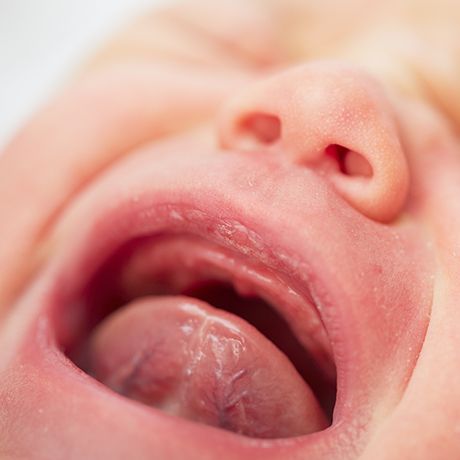
A tongue-tie occurs when the frenulum attached underneath it prevents the tongue from having a full range of motion. This can make feeding (especially breastfeeding) difficult for infants, causing slow weight gain and development issues. If the condition isn’t treated at a young age, a child is more likely to develop problems eating solid foods and speaking as well. It may even cause a child to have a speech impediment, such as a lisp.
Lip-Tie
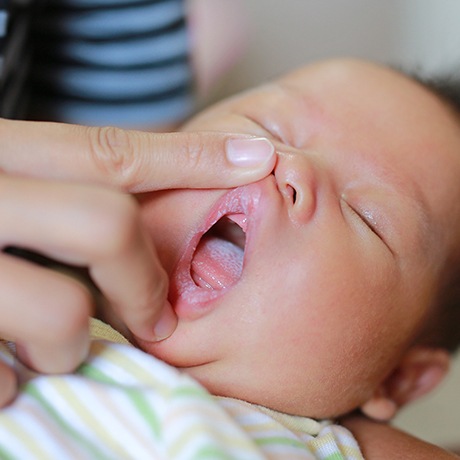
Each lip is connected to the gums via a frenulum. Similar to a tongue-tie, a lip-tie is a condition where the lip can’t function normally because the frenulum is holding it in place. A lip tie can make breastfeeding difficult by allowing the baby to swallow excess air, which will cause unnecessary gas and a small blister to develop on the baby’s upper lip. If left untreated, some children may have difficulty cleaning their front teeth and develop cavities. In addition, it may cause a sizable gap between their front teeth, which can only then be corrected with orthodontics.
Lip and Tongue-Tie
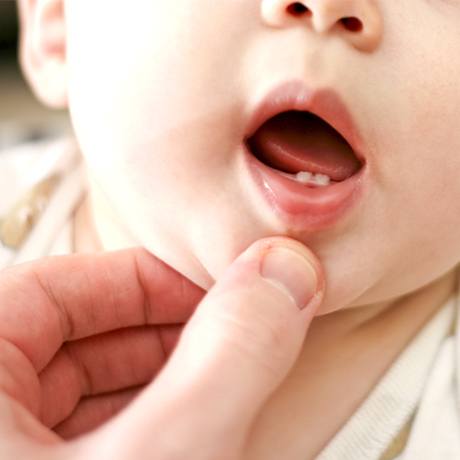
Lip-ties and tongue-ties can occur separately or together. When they develop at the same time, instead of having a unique term, this is just referred to as a “lip and tongue-tie.”
Buccal-Tie
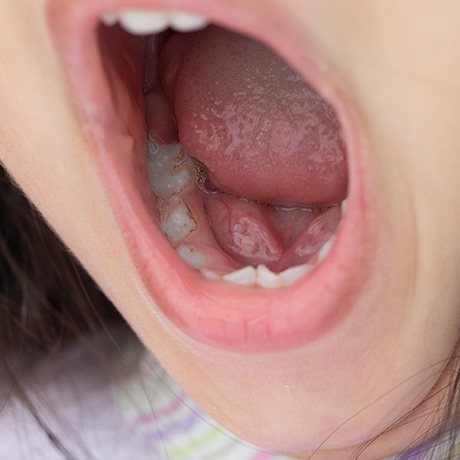
The cheeks are connected to the bones of the face and jaw with buccal tissue. Like with lip and tongue-ties, this tissue can sometimes restrict movement if not developed properly. Thankfully, a buccal-tie is much rarer compared to lip and tongue-tie.
Ankyloglossia
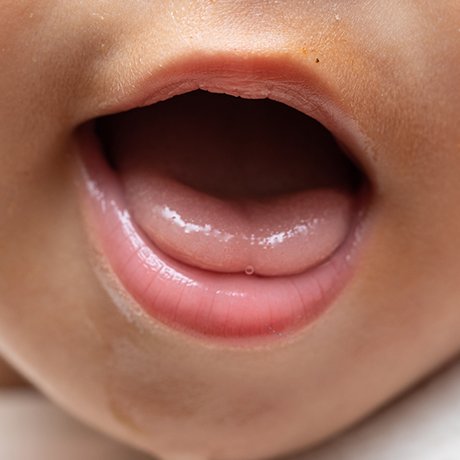
This is the scientific term for a tongue-tie. Many parents first hear it when they take their child to their pediatrician and hear the doctor say, “Your child has ankyloglossia,” which can be quite scary without explanation. The same goes for parents who encounter the word while looking up symptoms online. While it sounds potentially serious, it really just means tongue-tie. While unpleasant and difficult, it is very far from a life-threatening condition.
Tethered Oral Tissues (TOTS)
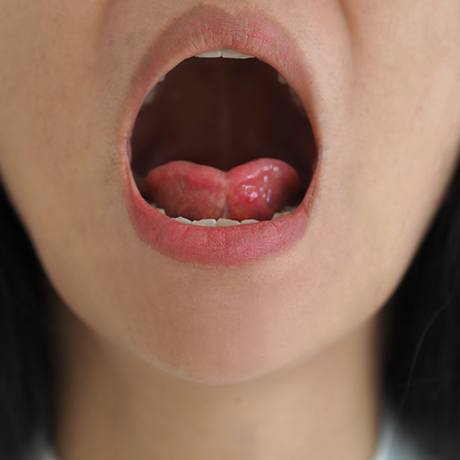
This is a more colloquial way to refer to lip, tongue, and buccal-ties, particularly in young children. It is used to discuss all of the conditions at once or more than one type of tie. Over time, there has been an increase in the diagnosis of newborns with TOTS, and this is largely attributed to increased awareness. It’s also important to know that the condition is hereditary and occurs three times as often in males as females.
Frenectomy/ Frenotomy/ Frenulectomy

The procedure used to fix a lip or tongue-tie also goes by multiple names. Whether referred to as a frenectomy, frenotomy, or frenulectomy¸ they all involve snipping or removing a small portion of the tissue that is hampering a child’s oral movement. Traditionally, this is done with surgical scissors, but at Florida Tongue Tie Institute, Dr. Maggie prefers to use the LightScapel CO2 laser because it is much faster, gentler, and more precise. The laser also drastically shortens a child’s recovery time.
Posterior Tongue-Tie

Abnormal tight collagen fibers found behind an anterior tongue tie. A classic anterior tongue tie always has a posterior component behind it. If the posterior tongue tie is not released, the child will still have persistent tongue restrictions.
MyoFunctional Therapy

Therapy to retrain muscles and to obtain normal resting posture of the tongue, lips, and jaw. The goal of therapy is to facilitate proper nasal breathing by emphasizing the correct resting posture of the tongue and lips.

